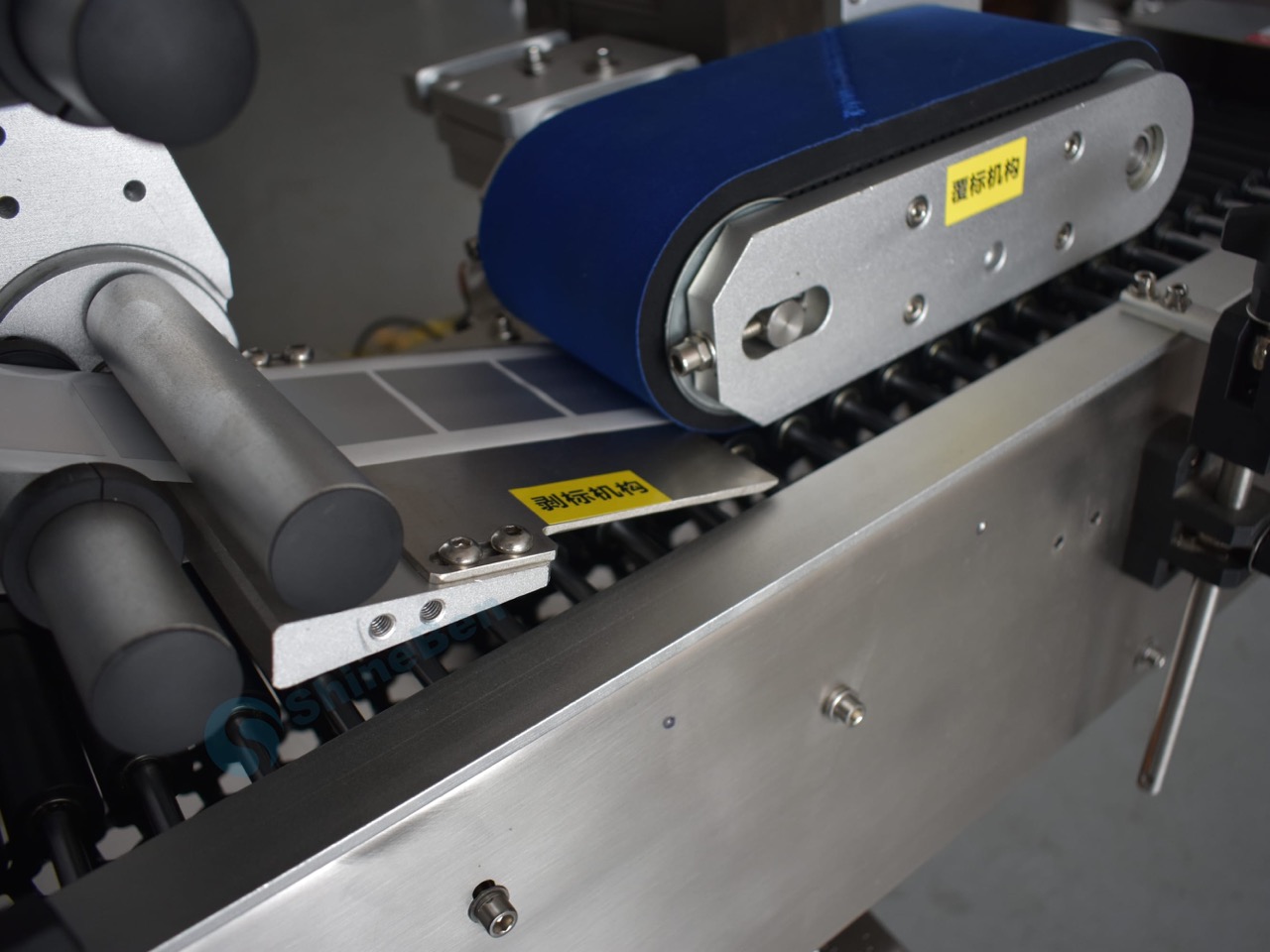The Science Behind Wrap Around Labelling: Precision Meets Aesthetics

Consumer decisions in today’s competitive marketplace heavily depend on how manufacturers present their products. The wrap around labelling approach demonstrates its power through the successful integration of precise engineering with design aesthetics among existing labelling techniques. This labelling technique finds widespread industrial application because it offers both operational efficiency and wide versatility while producing a smooth 360-degree brand presentation.
What Is Wrap Around Labelling?
Single wrap around labelling applies one label to round or oval-shaped product containers by covering their entire circumference or a significant area of it. This labelling technique produces a smooth wrap that covers the surface area completely so brands can optimize their information placement. A continuous design emerges from this approach to display an unbroken view of the product’s branding elements.
The Engineering Behind the Precision
The scientific foundation of wrap around labelling depends on automated precision systems. Label placement precision in today’s modern systems depends on advanced machines with sensors and rollers and applicators to handle fast-speed label application. Perfect label alignment to container dimensions remains essential because any slight misalignment produces wrinkling or misalignment and bubbling issues.
Multiple factors require control to preserve precision during the process.
- Label tension and feed rate: A balanced tension system enables labels to feed evenly while preventing both stretching and tearing.
- Container orientation and speed: The product needs accurate positioning that matches the labelling arm synchronization.
- Adhesive control: A perfect adhesive bond requires both suitable adhesive type and correct adhesive quantity to create a bubble-free, secure connection.
The Role of Materials and Adhesives
The wrap around labelling operation depends heavily on materials and adhesives to function effectively.
Material selection represents a fundamental component of wrap around labelling science. Labels come in three primary formats: paper, polypropylene and synthetic films with specific selection based on product usage and environmental factors. Products which encounter moisture or refrigeration benefits from labels featuring waterproof and smudge-resistant properties.
The selection of adhesive stands equally vital for proper results. The majority of adhesives used for wrap around labelling work by pressure sensitivity so they create strong bonds without needing water or heat. The chosen adhesives need to remain strong through temperature fluctuations and physical handling because they should not separate or change color in storage conditions.
Aesthetics That Drive Brand Recognition
The design capabilities of wrap around labelling exceed basic functionality requirements. Brands have full design freedom because the container’s entire surface is available for creative use. The entire product container becomes an advertising canvas through wrap-around labelling because designers can create full-color graphics combined with storytelling elements or basic minimalist layouts which effortlessly catch consumer attention regardless of viewing perspective.
The extensive coverage of this labelling technique proves best suited for shelf visibility when products compete for space. The well-designed continuous label enables shoppers to receive crucial brand messages instantly because they typically only have a few seconds to scan product packaging.
Efficiency and Cost-Effectiveness
The practice of wrap around labelling delivers benefits beyond simple design and precision. it also delivers economic benefits. The single-label approach in this method decreases both material waste and streamlines inventory management processes. High-speed automated systems use these labels to decrease operational expenses while accelerating production rates.
Wrap around label durability helps prevent return issues and labelling requirements which enables an improved supply chain process and higher product dependability.
Applications Across Industries
Wrap around labelling serves industries including food and beverage alongside pharmaceuticals cosmetics and household products because of its adaptability. This solution works best for objects with curved features and cases where available information space is restricted. One wrap-around label allows manufacturers to combine nutritional facts with ingredient lists and branding and regulatory content in order to meet packaging rules and protect design elements.
Conclusion
The combination of scientific precision and attractive design makes wrap around labelling an ideal solution. Through its combination of precise mechanical execution and flexible design capabilities this method enables brands to keep quality standards while delivering powerful visual appeal. The labelling technique continues to provide a functional solution which addresses manufacturing needs alongside customer expectations as packaging requirements change.
